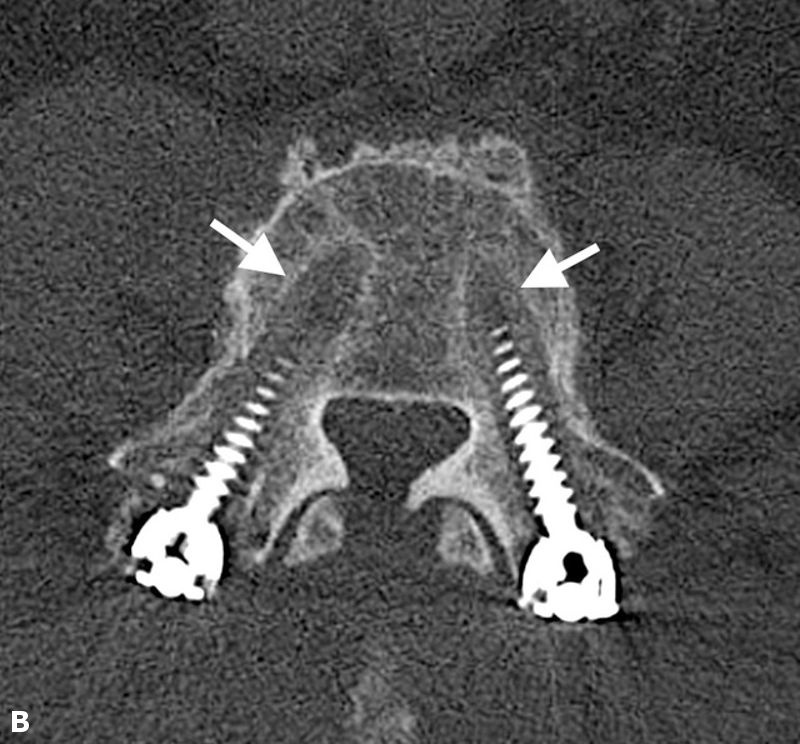Scar Tissue, Pseudoarthrosis, and Adjacent Segment Disease Treatment
At Khobragade Multispeciality Hospital, we specialise in the comprehensive diagnosis, management, and surgical treatment of complex spinal conditions including scar tissue formation, pseudoarthrosis, and adjacent segment disease. Our team of experienced orthopedic and spine surgeons uses the latest evidence-based approaches to help patients regain mobility and improve quality of life.
Scar tissue forms naturally after spine surgery or injury as part of the body’s healing process. However, in some cases, excessive scar tissue can lead to nerve compression, pain, and reduced mobility. This condition, known as epidural fibrosis, is common after lumbar spine surgeries and can cause persistent symptoms similar to pre-surgical pain.

Symptoms of Scar Tissue Formation
- Persistent back or leg pain after spine surgery
- Tingling, numbness, or weakness in the limbs
- Limited range of motion
- Discomfort while bending or walking
Treatment for Scar Tissue
At Khobragade Multispeciality Hospital, treatment options include:
- Physical therapy and rehabilitation to maintain mobility
- Medications for pain management and nerve symptoms
- Minimally invasive surgical interventions such as adhesiolysis to remove or reduce scar tissue when conservative measures fail
What is Pseudoarthrosis?
Pseudoarthrosis (false joint) occurs when there is failure of bone fusion after spinal surgery, leading to a non-union or false joint at the surgical site. It can result from inadequate immobilisation, infection, smoking, or poor bone quality.
Symptoms of Pseudoarthrosis
- Persistent or worsening back pain post-surgery
- Instability in the spine
- Neurological symptoms if nerves are affected
- Failure to improve despite initial surgery
Treatment for Pseudoarthrosis
Our expert spine surgeons at Khobragade Multispeciality Hospital provide:
- Diagnostic imaging such as X-rays, CT scans, or MRI to confirm diagnosis
- Revision spinal fusion surgery with bone grafting and instrumentation to achieve solid fusion
- Bone growth stimulators to enhance healing in selected cases
- Comprehensive rehabilitation post-revision surgery for optimal recovery
Treatment for Pseudoarthrosis
Our expert spine surgeons at Khobragade Multispeciality Hospital provide:
- Diagnostic imaging such as X-rays, CT scans, or MRI to confirm diagnosis
- Revision spinal fusion surgery with bone grafting and instrumentation to achieve solid fusion
- Bone growth stimulators to enhance healing in selected cases
- Comprehensive rehabilitation post-revision surgery for optimal recovery
What is Adjacent Segment Disease (ASD)?
Adjacent Segment Disease is the degeneration of spinal segments next to a previous spinal fusion surgery site. It occurs due to altered biomechanics, leading to increased stress on nearby discs and joints.
Symptoms of Adjacent Segment Disease
- New onset of back or neck pain above or below the previous fusion
- Radiating pain to arms or legs depending on the affected area
- Numbness, tingling, or weakness
- Reduced flexibility and function
Treatment for Adjacent Segment Disease
At Khobragade Multispeciality Hospital, treatment is tailored based on severity:
- Conservative treatment including medications, physiotherapy, and lifestyle modifications to reduce pain and improve function
- Epidural steroid injections for inflammation relief
- Surgical options such as extension of spinal fusion or motion-preserving surgeries like artificial disc replacement to reduce stress on adjacent segments
Why Choose Khobragade Multispeciality Hospital for Spine Care?
- Experienced Spine Surgeons: Our team has expertise in managing complex spine conditions with high surgical success rates.
- Advanced Technology: We use state-of-the-art diagnostic imaging and minimally invasive surgical techniques.
- Patient-Centred Care: Individualised treatment plans, pain management, and dedicated rehabilitation support for each patient.
- Comprehensive Services: From initial evaluation to surgery and post-operative rehabilitation under one roof.
